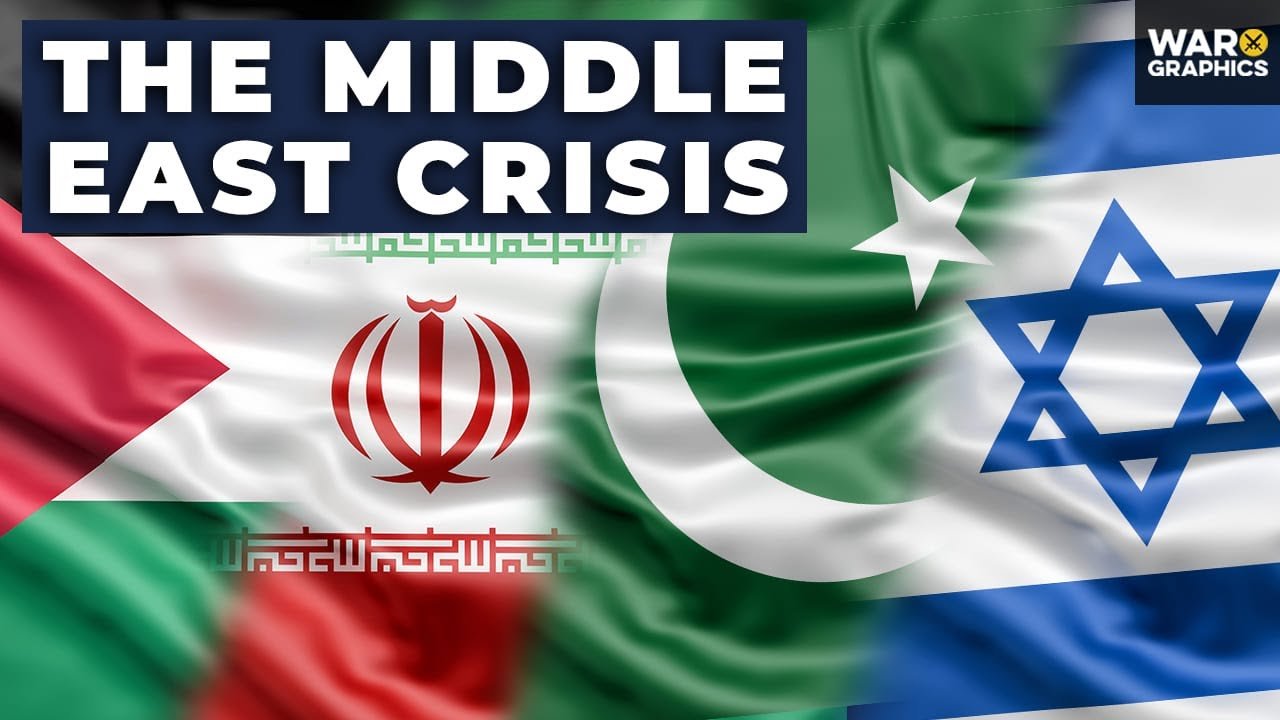- The ongoing war in Gaza has escalated, with significant casualties on both sides and concerns of a humanitarian crisis.
- Iran’s proxies, including Hamas, Hezbollah, and the Houthi rebels, are actively involved in conflicts across the region, receiving support from Tehran.
- Recent attacks have included Iranian missile strikes in Pakistan and Kurdish Iraq, and Pakistani missiles inside Iran, indicating a widening of the conflict’s geographic scope.
- Israel’s military actions extend beyond Gaza, targeting Hezbollah in Lebanon and alleged Iranian positions in Syria, suggesting an intensification of its strategic offensive.
- The Axis of Resistance, led by Iran, is increasingly unified, signaling a concerted effort against Israel, the West, and aligned Arab states.
- Normalization efforts between Israel and various Arab states have been severely impacted, with Saudi Arabia suspending initiatives and public opinion in the Middle East shifting markedly.
- Direct military engagements by Iran, including missile strikes, mark a significant shift from its traditional reliance on proxy warfare.
- The crisis has seen a resurgence of the Islamic State, adding another layer of complexity to the regional power dynamics.
- International interventions, including those by the United States and Britain, primarily against Houthi maritime threats, indicate the global implications of the crisis.
- The broader geopolitical implications of the crisis, including the impact on global shipping lanes and potential for a wider conflict, are of significant concern.
This summary has been generated by AI.

Leave a Reply